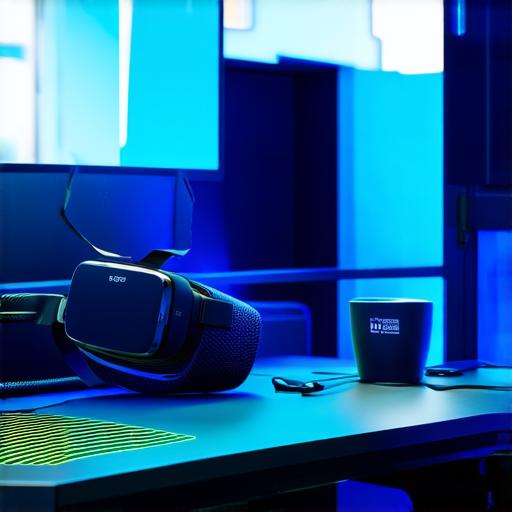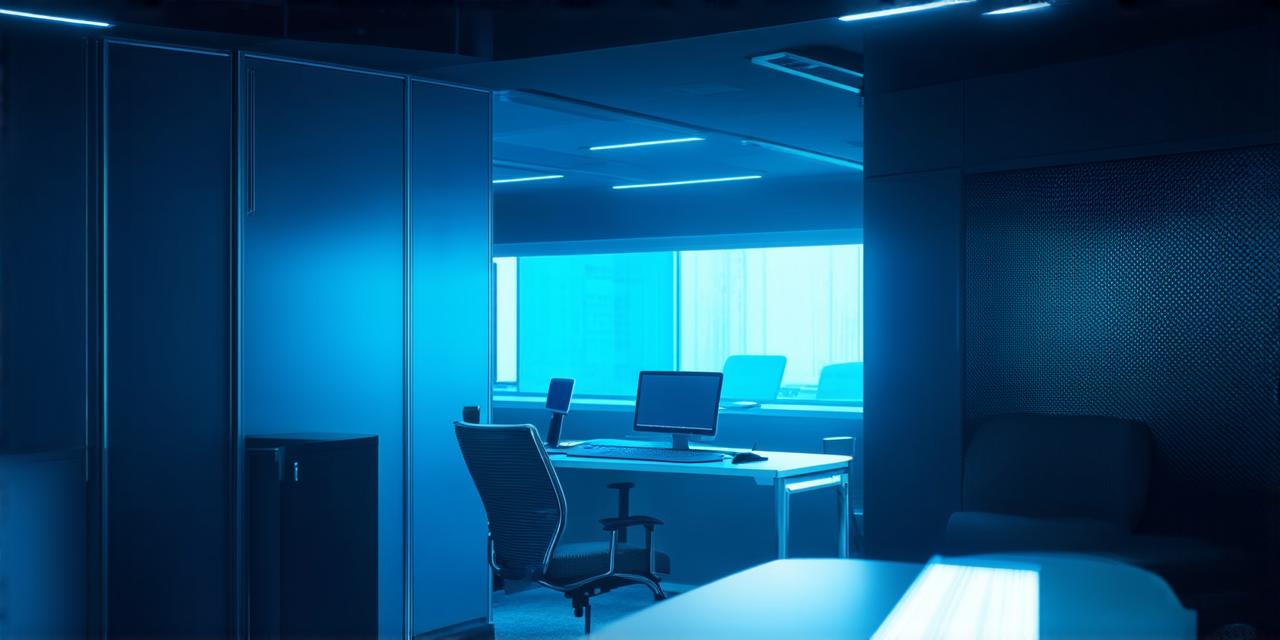Virtual reality (VR) technology has revolutionized the way we experience digital content and interact with each other. As VR continues to grow in popularity, there is a growing need for skilled developers who can create immersive and engaging virtual environments.
What is Virtual Reality?
Virtual reality (VR) is a technology that allows users to experience a simulated environment as if they were really there. VR headsets, such as the Oculus Rift and HTC Vive, track the movements of the user’s head and body, allowing them to look around and interact with virtual objects.
Responsibilities of a Virtual Reality Developer
Virtual reality developers are responsible for creating virtual environments that are engaging, immersive, and intuitive to use. Some of the responsibilities of a virtual reality developer include:
-
Designing the user experience (UX)
Virtual reality developers must have a deep understanding of UX design principles and be able to create interfaces that are easy to navigate and intuitive to use. This includes designing virtual environments that feel natural and believable, as well as creating controls that allow users to interact with virtual objects in a meaningful way.
-
Creating 3D models and textures
Virtual reality developers must have strong skills in 3D modeling and texture creation. They are responsible for creating realistic-looking environments and objects that users can interact with. This requires a deep understanding of computer graphics, lighting, and materials science.
-
Developing software applications
Virtual reality developers must be proficient in programming languages such as C++ and Unity. They are responsible for developing software applications that run on virtual reality headsets, including games, simulations, and educational programs.
-
Testing and debugging
Virtual reality developers must be able to test their applications thoroughly to ensure they work as intended. This includes testing the application on different virtual reality platforms, as well as debugging any issues that arise during development.
-
Collaborating with other teams

Virtual reality developers often work closely with other teams, including artists, designers, and engineers. They must be able to communicate effectively and work collaboratively to ensure the success of their projects.
Summary
Virtual reality technology is rapidly evolving and has enormous potential for a wide range of applications. Virtual reality developers play a critical role in creating immersive and engaging virtual environments that users can experience. By understanding their responsibilities, virtual reality developers can create applications that are not only visually stunning but also intuitive to use and effective in achieving their intended goals.
